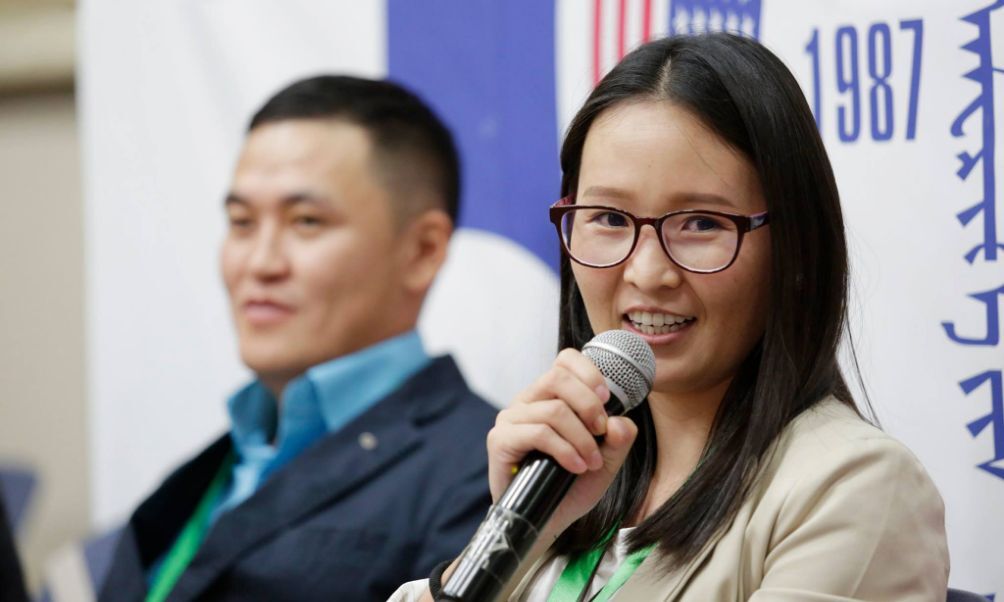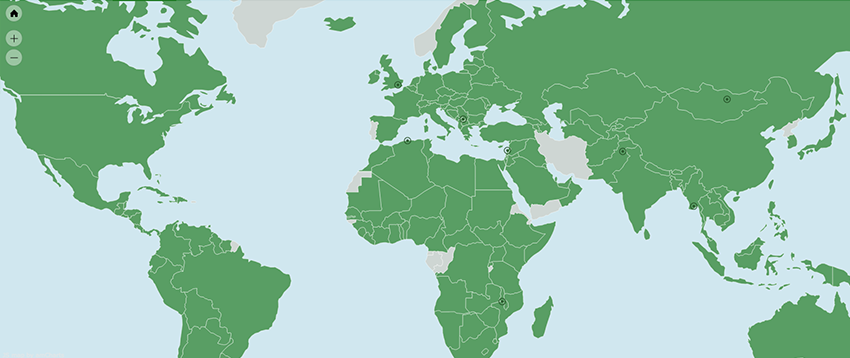-
What We Do
- WHERE WE WORK
-
About Us
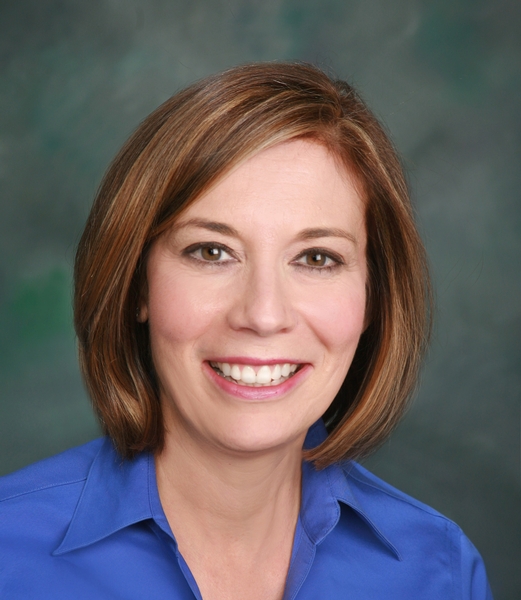 Welcome Message from Carol Jenkins
Welcome Message from Carol JenkinsFor more than 90 years, World Learning has equipped individuals and institutions to address the world’s most pressing problems. We believe that, working together with our partners, we can change this world for the better.
On my travels, I’ve had the opportunity to meet with many of those who have joined us in this mission. In Baghdad, we’ve trained more than 2,300 Iraqi youth who are already giving back at home. In London, our partners in the TAAP Initiative strongly believe that we are all responsible to practice inclusion. And in Vermont, our Experiment in International Living and School for International Training participants prove every day that they have the tools and the determination to change the world.
Please join us in our pursuit of a more peaceful and just world.
- Get Involved
Media Center > Story
Exchange Alumni Use Augmented Reality to Uplift History’s Marginalized Voices
January 14, 2022
By Eric House
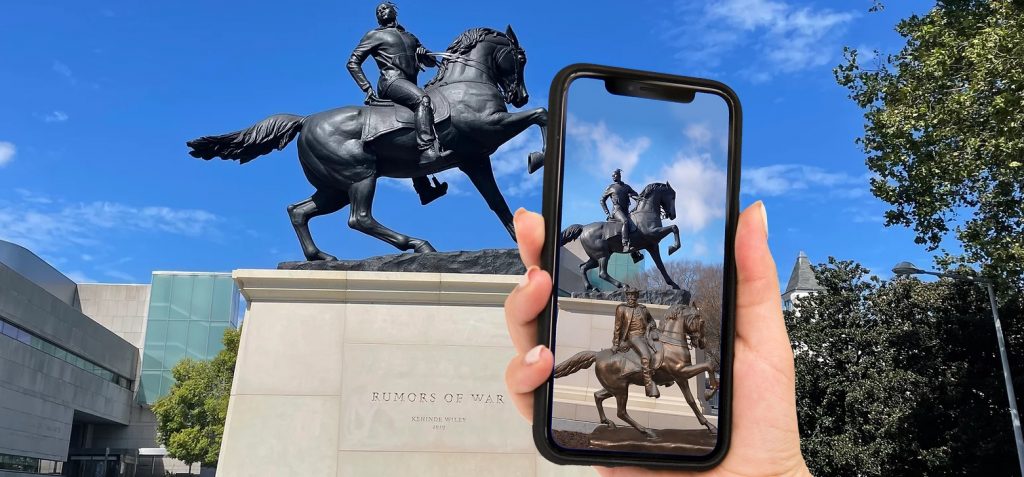
What if you could pick up your phone and point the camera at a historical monument to make that monument come alive and tell a story? That’s what two Alumni TIES participants are doing with their work to tell stories of Black resistance and resilience through a format tailored to the 21st century: augmented reality, or AR.
Augmented reality is an exciting, easy-to-use technology that uses people’s own mobile phones to insert digital objects into their real-world surroundings. Most people are familiar with AR through Pokémon Go, or Instagram and Snapchat filters. But it can be used in many ways, making history come alive.
In Richmond, Virginia, an app titled Monumental Conversations takes users on an augmented reality tour of Monument Avenue, the grassy mall that once housed more than half a dozen confederate monuments of U.S. Civil War figures, and still features grand houses, churches, and museums.
For Grady Hart, who created Monumental Conversations with Julia Beabout and launched it in September, this augmented reality tour is an opportunity to go beyond well-worn narratives to uplift Richmond’s marginalized voices, giving them long overdue space to speak.
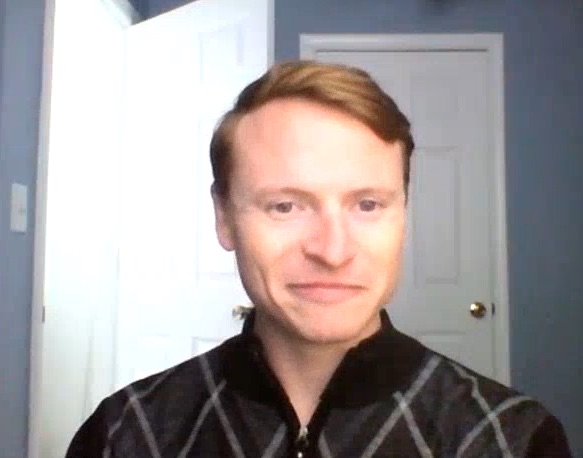
Hart serves as community partnerships coordinator for Richmond Public Schools. He grew up in the Richmond area, yet it wasn’t until after his K-12 education, when he became an educator at Virginia Commonwealth University, that he started to grapple with what he describes as Richmond’s “real history.” He took a deeper dive to learn about aspects of Richmond’s history he was never taught, like the fact that a major highway system was built in the 1950s to intentionally split historic and thriving African American communities.
Hart was troubled by how a major policy decision could negatively impact a robust Black community to benefit the upward mobility of white families like his, who would ultimately take the highway system to get to and from work in the city. That this history of systemic racism was never taught to Hart was even more troubling, and he was inspired to ensure that following generations would know all of Richmond’s history, the good and the bad.
In graduate school and working at Virginia Commonwealth University, Hart became a peer collaborator with an individual from Mauritius who came to Richmond through the Nelson Mandela Washington Fellows Program. The U.S. Department of State then reached out to Hart to participate in the Nelson Mandela Washington Fellows Reciprocal Exchange Program. It would bring him to Mauritius to complete a project on community engagement and how universities can support the K-12 public education system.
Hart would eventually participate in an Alumni Thematic International Exchange Seminar (Alumni TIES) in December 2019 on the theme of “Art, Culture, and Conflict Transformation.” Funded by the U.S. Department of State and administered by World Learning and the Office of Alumni Affairs in the State Department’s Bureau of Educational and Cultural Affairs, Alumni TIES are gatherings for U.S. government-sponsored exchange program alumni to network and learn about current foreign policy or public diplomacy topics. Participants explore issues of shared interest, receive training, and collaborate with fellow alumni to implement community-based projects. Through the small grants initiative, alumni have the opportunity to take action and make a positive difference in communities around the world. That’s how Hart and Julia Beabout met and went on to collaborate on the Monumental Conversations project.
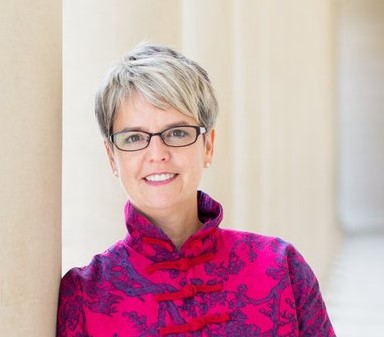
Beabout is CEO and creative director of Novaby, an augmented reality studio specializing in AR placemaking, space activations and tours, and she has an extensive background in AR, placemaking and collective memory practice. She has participated in and designed several AR projects that allow visitors to learn about under-told histories in an approachable and engaging way. An important part of her journey was her U.S. State Department Critical Language Scholarship to Xi’an, China for Mandarin language learning. She would later combine that with her academic and professional background to help create and give civil rights tours of Chinatown in San Francisco, in English and Mandarin, focused on Chinese and Chinese Americans fight for civil rights in the 19th and early 20th century.
Hart’s and Beabout’s paths converged at an Alumni TIES event, which Beabout describes as a “collider event,” where people from different backgrounds share their perspectives, projects, and ideas, and let the sparks fly. Despite arriving at the same event with different projects to present, Hart and Beabout left with a shared perspective that would lead to a successful AR project that highlights Richmond’s full history and centers stories of Black resilience.
Hart and Beabout were intent on using AR to tell a new kind of story about Richmond. “It’s criminal that our students don’t know that Richmond was the largest slave-trading post, outside of New Orleans, in the entire United States: 300,000 African slaves came through Richmond — 300,000. And people don’t know that,” Hart explains. In Richmond and elsewhere across the U.S., students are taught about the white figures represented by the monuments once lined up in places like Richmond. “But what we don’t learn about are these stories of Black resilience, of Black resistance. The stories that have contributed to making Richmond the city that it is today.”
“Most of this kind of history, but Richmond’s story in particular, has not really been heard, or at least has been under-heard, for 150 years. So, depending on where you are in the population and the demographics, you have a sense of this but you don’t know the specifics. And the devil is in the details in this history,” says Beabout, underscoring the power and problem of telling a singular narrative — especially when that narrative is engraved into a city’s landscape.
Hart and Beabout were intentional about including Black community members in the development of this project. “This was not us coming in and saying, ‘Hey, this is our idea, and we’re just going to do it. And then tell us how it is,’” Hart says. “If you’re going to tell a story [like] Black resilience in the former capital of the Confederacy, you better look around the room and see a very diverse group of community leaders. If we look around the room and you see only people who look like Julia and I, you’re doing it wrong.”
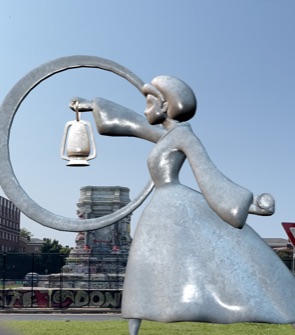
Community feedback and buy-in were critical to the project’s success, but it was also a journey that came with challenges. Although COVID caused delays and logistical challenges, all involved felt the project had to continue. The persistence paid off, and the project has been so successful that Hart and Beabout will be expanding it to the historical Richmond neighborhood of Jackson Ward, often called the Harlem of the South and the Black Wall Street, featuring such historical figures as Maggie Walker and Bill “Bojangles” Robinson. Through the U.S. Department of State’s Citizen Diplomacy Action Fund, Hart and Beabout have been working with community leaders, Black churches, and the Black History and Culture Museum in Jackson Ward to tell their stories.
Hart’s work in this area has all been based around a new course developed by Richmond public schools titled “REAL Richmond History,” which is available as an elective at every high school in Richmond public schools. The course provides the foundation for Monumental Conversations to teach Richmond’s full history, unvarnished.
Beabout has continued to pair her AR work with history and social justice. Recently, she was commissioned to launch an AR art and history experience for the AIDS Memorial Pathway in Seattle, which is part of an international network memorializing the AIDS epidemic, a subject that has even more relevance in the age of COVID. Through these projects, Beabout works with communities to help them tell their stories in new and inclusive ways using AR.
One person’s “a-ha moment” during her first AR placemaking project brought that home for Beabout. “My favorite quote, which I think shows the core of what we’re trying to do, was when somebody said, ‘I didn’t know this was a real neighborhood.’” It showed how AR can be used to tell meaningful and important stories in ways that expand hearts and minds, connecting people with each other in the real world. In a follow-up survey to that project, 94 percent of respondents said the project was a great way to learn about a new neighborhood.
Hart and Beabout say Monumental Conversations took shape thanks to the global exchanges that brought them together through Alumni TIES. “To participate in these Alumni TIES seminars and other opportunities that come our way has been amazing,” says Beabout. “They’ve really been life-changing, career-changing experiences. And to be able to use these projects to really give back to the community is a gift to us as well.”
Hart echoes the sentiment: “The State Department exchange programs are truly the gift that keeps on giving,” he says. “I cannot say enough about how incredible this opportunity has been, and how many doors it has opened.”
Much like those opening doors, minds are opening as well, as these projects continue to shed light on histories untold, forgotten, or marginalized.

